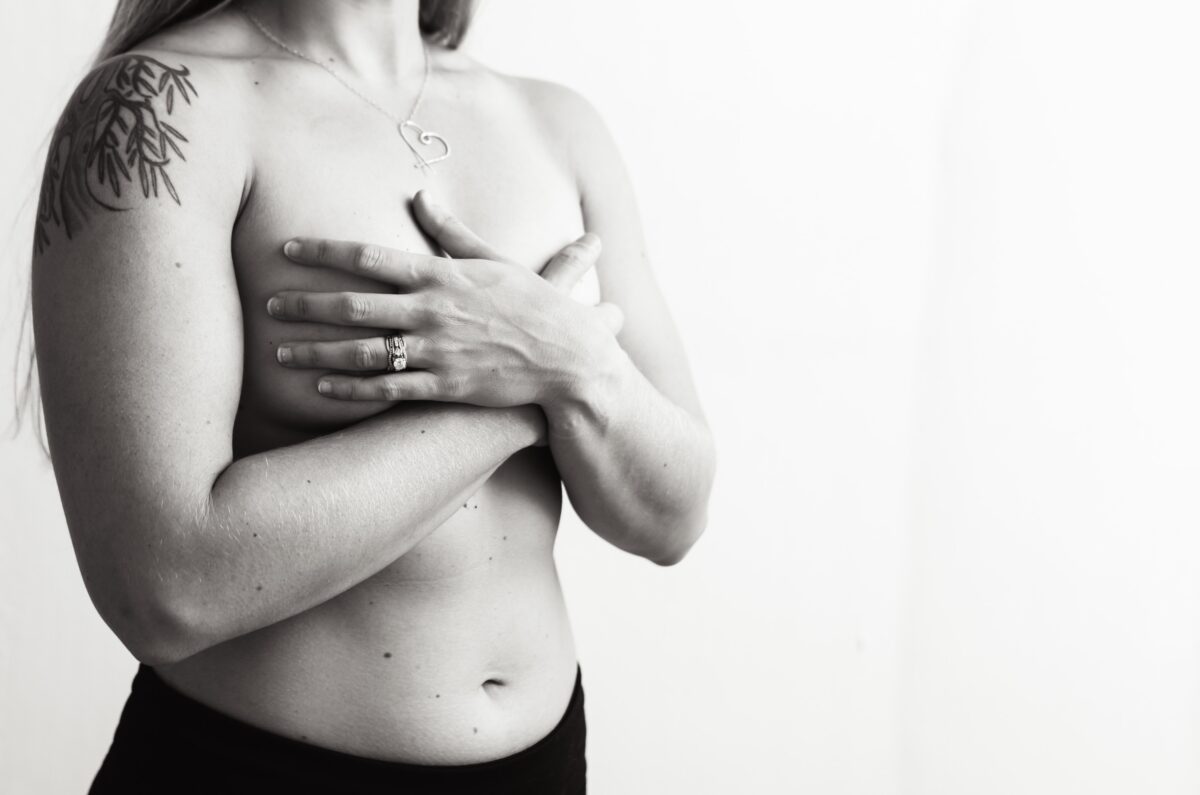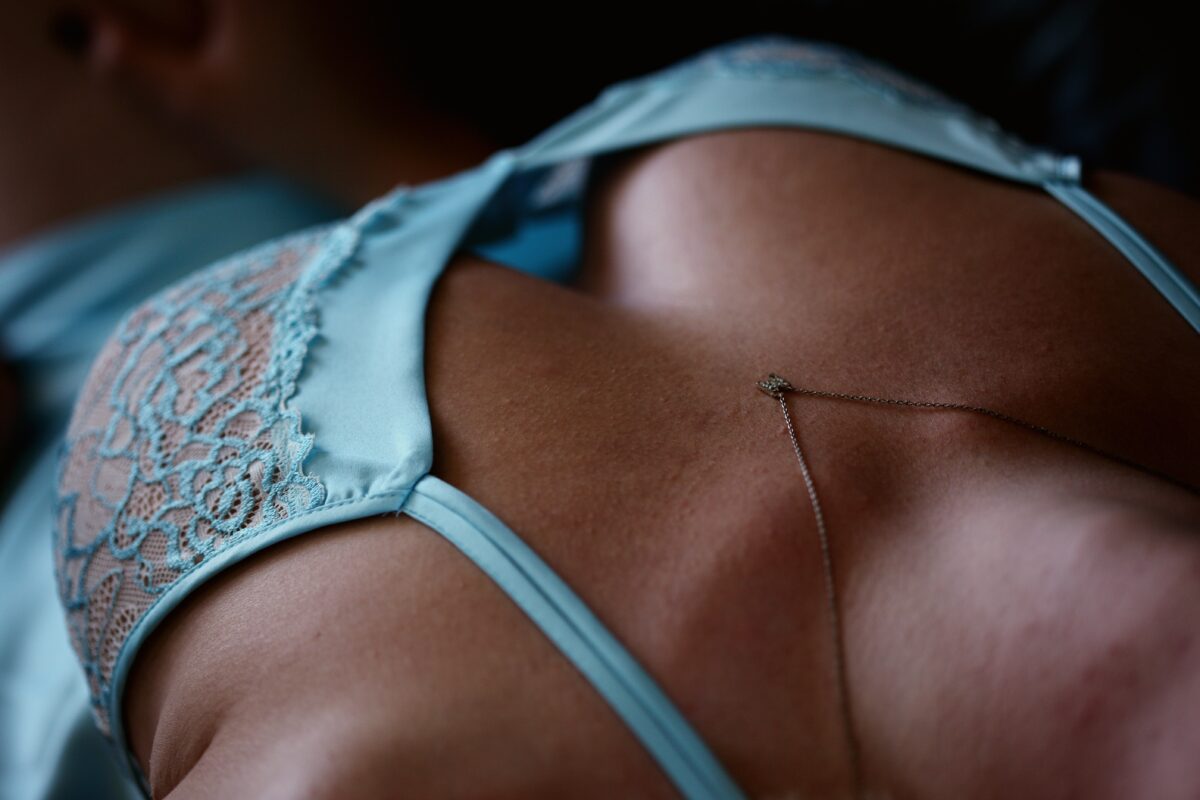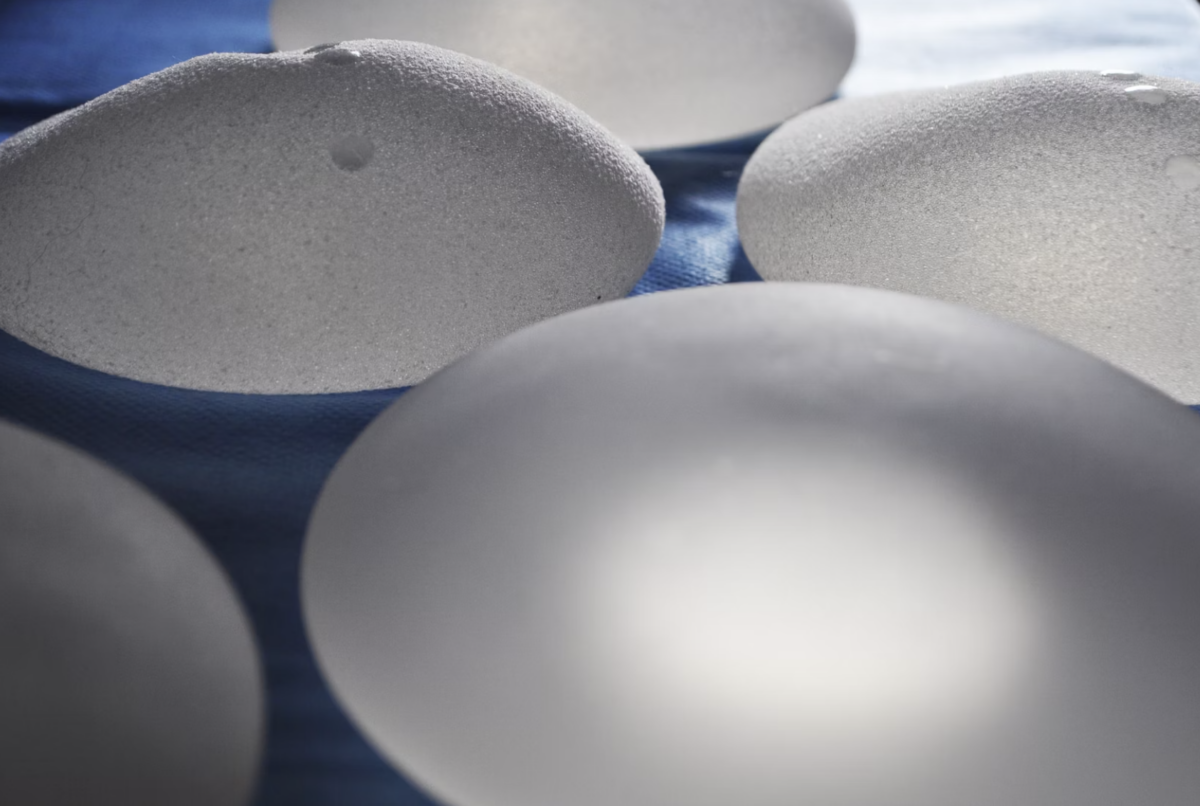The different types of breast implants
The different types of breast implants
If you are considering undergoing breast augmentation, you may be looking at the different types of breast implants, and which one would be suitable for you.
Now, there are two main types of breast implants, saline, and silicone. Your chosen surgeon will discuss each option with you in detail and help you make an informed decision.
What are saline implants?
Saline implants are filled with sterile saltwater solution and are typically inserted into the breast pocket empty, then filled once in place.
They are available in different sizes and shapes and can be adjusted to achieve the desired appearance. If a saline implant ruptures, the body will absorb the salt water and the breast will appear deflated almost immediately.
What are silicone implants?
Silicone implants are filled with a silicone gel that closely mimics the feel of natural breast tissue. They are also available in different sizes and shapes and are pre-filled before insertion.
If a silicone implant ruptures, the gel may leak out and can be difficult to detect without imaging tests as silicone typically stays around the breast tissue meaning the shape/ size of the breast may not change immediately.
There is also a newer type of implant called the structured implant, which is designed to have an internal structure that helps the implant keep its shape. These implants may be filled with either saline or silicone gel.
Implant shape
In addition to the type of implant, there are also different shapes, sizes, and textures available.
The shape can be round or teardrop-shaped, and the size can be customized based on a person’s desired outcome and their individual anatomy.
Textured implants have a slightly rough surface that may help prevent the implant from shifting, while smooth implants have a slick surface that can move more freely within the breast pocket.
Now, regardless of the type of implant you opt for, breast implants last for around 10 years before they will need changing or removing.
It’s important to discuss the different options with a qualified plastic surgeon before your surgery to determine the best type of implant for your individual needs and goals.
If you have any questions about the different types of breast implant or wish to book a breast health screening contact our experts at Implant Health.
If you would like to explore these options or would like to book a breast health screening contact our experts at Implant Health.
Worried about your breast implants?
If you’re worried about your implants, we can help.
The benefits of breast implant checks include the early detection of implant-related problems and the ability to monitor how your breast and implant change over time.




